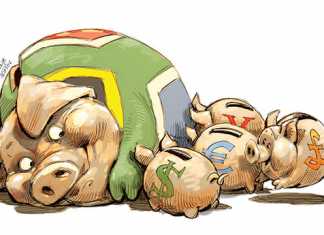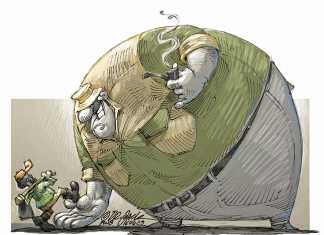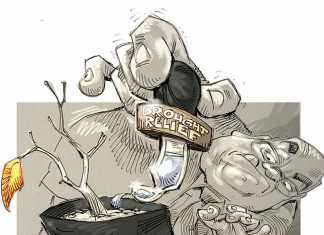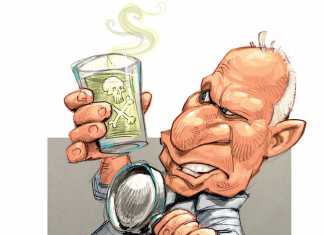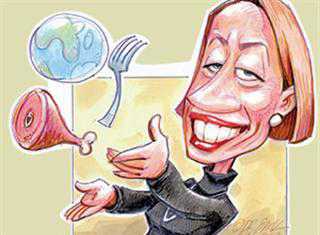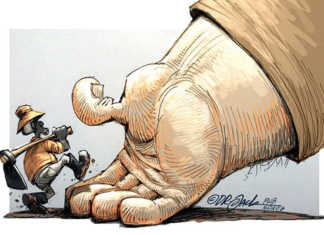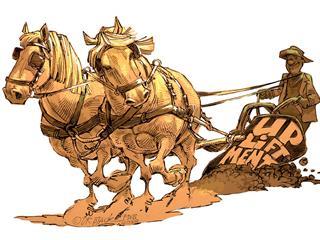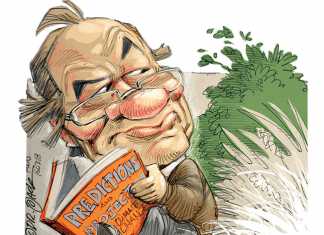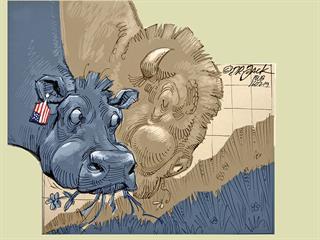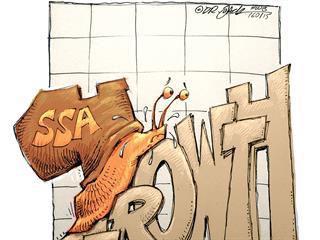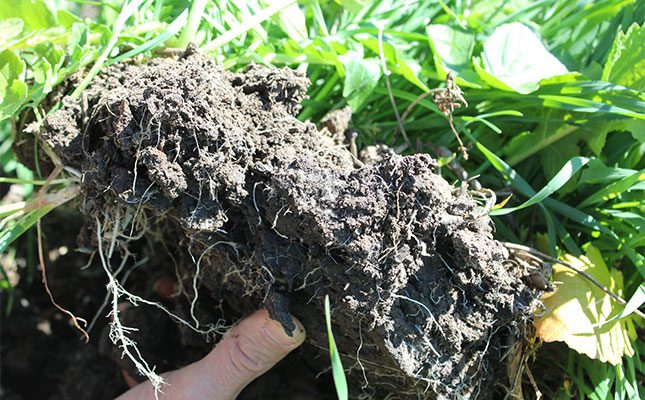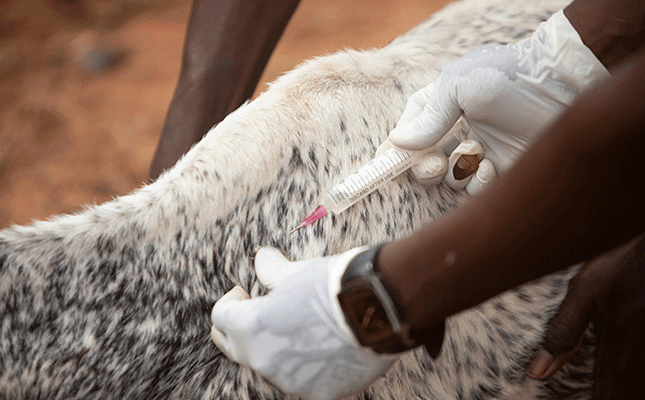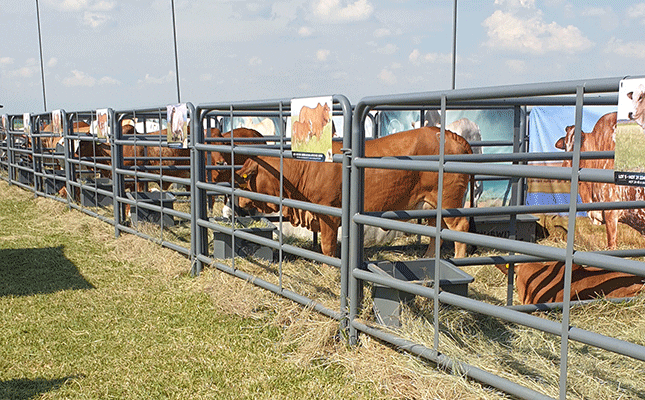Growing South Africa’s global fruit exports
The SA fruit and nut markets are driven by global supply and demand. Ezra Steenkamp, deputy director of trade research at the Department of Agriculture, Forestry and Fisheries (DAFF), and...
Food for Africa: investing in the future
Multinational agricultural companies have the capacity and expertise to provide African countries with the inputs needed to grow farming operations – even in challenging climatic conditions, according to DuPont Pioneer...
Emerging farmers must be empowered
Willem de Chavonnes Vrugt, a commercial farmer from Setlagole in North West, argues that agricultural transformation is essential for the sustainability of the sector. He stresses, however, that government’s current...
Drought-stricken agriculture sector needs more help!
While Grain SA economist, Wandile Sihlobo, understands that South Africa is experiencing severe financial constraints, he believes that the government needs to prioritise, and increase, funding to its drought-stricken agriculture...
South Africa, wake up and smell the water!
Increasing demand, pollution, poor management structures and crumbling sewerage infrastructure could spell catastrophe for South Africa’s freshwater supply. Prof Anthony Turton, professor at University of the Free State’s centre for...
No more cheap food
Food should not be cheap. It should be valued and appreciated because of the scarce resources used during the production process, and because of the effort and risk taken to...
Calling on our commercial and mega farmers
Developing South Africa’s emerging farmers will only be successful if the country’s commercial and mega farming sectors become involved, says Nick Serfontein, chairperson of the Sernick Group.
Why the use of draft animals must start gaining traction
Promoting and supporting the use of draft animals will have significant consequences for the empowerment of emerging farmers and the communities in which they live, says animal traction expert, Bruce...
Encroaching bush, grass threaten SA farming
Prof William Bond, chief scientist at the South African Environmental Observation Network (SAEON), explains why earlier predictions about changes to South Africa’s biomes due to climate change turned out to...
Challenges and opportunities for SA’s red meat producers
The current drought and other difficulties are dominating conversation among South Africa’s red meat producers, but Dr Pieter Prinsloo, second vice-chairperson of the Red Meat Producers’ Organisation, reminds us of...
The current status and future of land reform in South Africa
Land reform tops the list of priorities affecting South African agriculture, given the current policy environment in which the sector operates. Dr John Purchase, CEO of the agricultural business chamber,...
The case against holistic management
Roelof Bezuidenhout summarises a study by American ecologist, Dr John Carter, and five other researchers, who question the holistic management grazing system’s assumptions about grasslands and how they are grazed.
Why is it important to brand?
Now is an excellent time for South African products to enter global markets, according to Prof Melville Saayman, director of Tourism Research in Economic Environs and Society at North-West University....
The realities of maize imports
Many countries in Southern Africa will have to import large volumes of maize to make up for the shortfall caused by the drought in the region. Manager of international trade...
Dire long-term drought fallout for Southern Africa
Schalk Pienaar, Agbiz chairperson, says that the current drought is by far the worst he has experienced in his 35-year career in agriculture. The effects will have an impact on...
Time to put the economy first #SONA2016
Dr Frans Cronje of the SA Institute of Race Relations sets out the policy objectives that President Jacob Zuma should emphasise in the State of the Nation Address to rescue...
Slow growth in the year ahead
Weak growth among major emerging markets will weigh on global growth in 2016, according to the World Bank’s January 2016 Global Economic Prospects. Sub-Saharan Africa could face muted growth due...
Gaining perspective
Farmer’s Weekly business columnist Peter Hughes reflects on the state of South Africa and the world, and in doing so realises that there’s nowhere else on Earth he’d rather be.
Once-in-a-lifetime opportunity for Africa
As industrialising countries struggle to feed themselves, the world will look increasingly to Africa to be the solution. But according to a new report by PricewaterhouseCoopers, the first step is...
Food wastage in SA: the shameful facts
Farmers today produce a staggering 50% more food than is needed to feed everyone on earth. Why then are millions of people still hungry? The reason, suggests the National Agricultural...
ADVERTISEMENT
MUST READS
ADVERTISEMENT
ADVERTISEMENT


